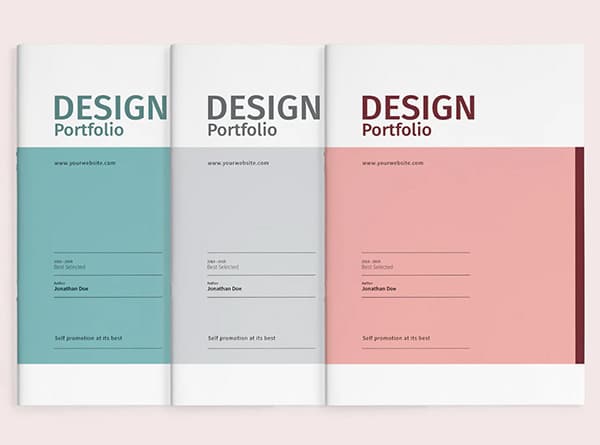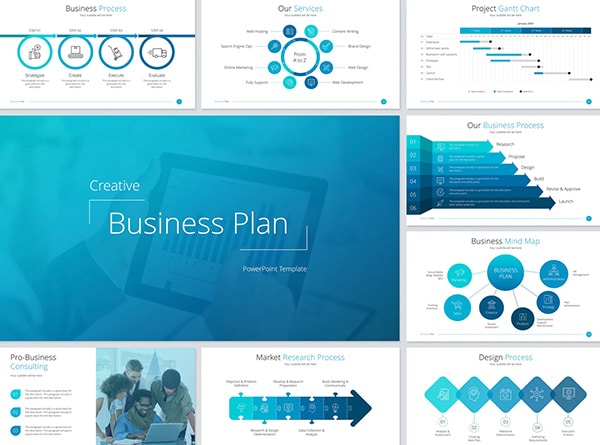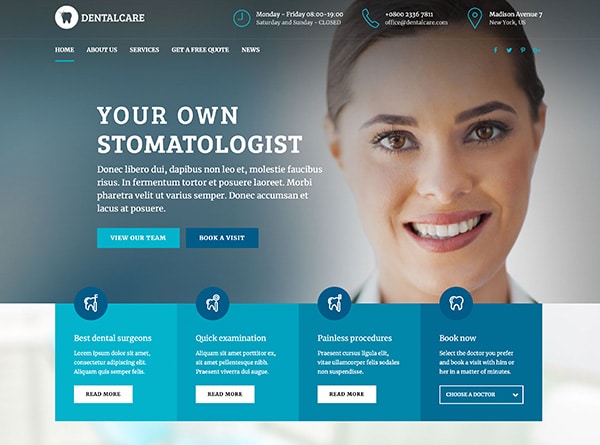
It has become a rule of thumb for designers to wireframe before starting any development or design project. But the main question is why? What are the advantages of this process and how does it benefit the designer?
In this blog post, we will explore why wireframing is such an important step in the creative process and how it can help you develop better products. You’ll also learn about the different ways you can use wireframes to bring your ideas to life. So, let’s get started!
1. Its layouts the architecture of the website cleanly
Designers use wireframes to create a blueprint for their web design project. This blueprint helps them to plan the architecture of the site cleanly and efficiently. By having a well-designed wireframe, designers can avoid potential problems that may occur during the design process.
2. It adds clarity to the features of the website
When designers do wireframes, it adds clarity to the features of the website. By outlining each feature and its purpose, it becomes easier for designers to understand how everything works together. This understanding allows them to create a more streamlined and user-friendly experience.
3. Faster design process
Designers use wireframes to create a visual guide that represents the skeletal framework of a website. Wireframes are created for the purpose of discussing and planning a site’s layout and content, and they provide designers with a starting point for fleshing out a complete design.
Wireframes can be created using any number of tools, but they are typically simple black-and-white documents that lack the polish of a finished design. This is intentional, as wireframes are meant to be a low-fidelity representation of a site.
Designers use wireframes to help them think through a site’s content and structure before diving into the design process. By creating a wireframe, designers can map out what content will go where on a page, and how different pages will relate to each other. This helps to ensure that the final design will meet the needs of the users.
Wireframes also help designers to iterate on their ideas quickly. Because they are low-fidelity, it is easy to make changes to a wireframe without having to redo an entire design. This allows designers to experiment with different layouts and content arrangements without getting bogged down in the details.
Overall, wireframes are an essential part of the design process because they help designers to plan ahead, think through their ideas, and iterate quickly.
4. Improved collaboration
When it comes to collaboration, wireframing can be a great help. By creating a shared language and vision for a project, wireframes make it easier for designers and non-designers to communicate and work together towards a common goal. Wireframes also allow for easy feedback and iteration, so that everyone is on the same page and working towards the best possible solution.
5. Reduce Development
Designers use wireframes to save time and money during the development process. By creating a blueprint of the desired product, designers can communicate their vision to developers and ensure that the final product meets their expectations.
Wireframes are also useful for testing user flows and identifying potential problems with the overall design. By prototypes or low-fidelity versions of the product, designers can gather feedback from users and make necessary changes before investing significant time and resources into development.
6. Create better user experience
Designers often create wireframes to help them think through the user experience of their designs and how users will interact with them. Wireframes can be a helpful tool for designers to communicate their ideas to other team members, stakeholders, or clients. They can also help you to spot potential problems with your design before you start building it.
7. Better budget management
Designers use wireframes to create a budget for their projects. By estimating the time and resources needed for each element of the project, they can create a more accurate budget. This allows them to save money and avoid overspending on unnecessary features.
Wireframes also help designers track the progress of their projects. By having a clear roadmap, they can see which parts of the project are on schedule and which parts are behind. This helps them identify potential problems early on and make changes as needed.
Overall, wireframes are an essential tool for any designer who wants to create a successful project within budget. With a little planning and forethought, wireframes can help you save time and money while ensuring your project turns out exactly as you envisioned it.


























